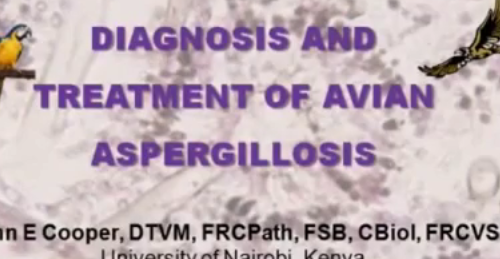Lecture Overview
In his first lecture, Dustin explains that adaptive immunity allows an individual to specifically recognize and respond to a vast number of molecules. B cells recognize intact antigens and produce neutralizing antibodies. T cells, on the other hand, have receptors on their surface that recognize very small antigen fragments bound to MHC on the surface of antigen presenting cells (APC). Dustin explains that T cells overcome the challenges of finding and binding to the APCs with the help of a multitude of adhesion molecules. Once the T cell receptor has bound a peptide antigen, an immunological synapse, with its typical bulls-eye structure, is formed resulting in T cell activation.
In Part 2, Dustin describes how a reconstituted system has allowed the immunological synapse to be studied in molecular detail. It is possible to visualize the localization of signaling molecules such as kinases, and determine the role of the actin cytoskeleton in regulating this localization. Dustin also touches on the role of the immunological synapse in autoimmune disease and cancer.
In his last lecture, Dustin presents work from his lab showing that T cell receptor enriched vesicles are generated in the immunological synapse. These vesicles can be transferred to B cells leading to activation of the B cells and, potentially, the production of higher specificity antibodies.
Speaker Bio
Michael Dustin is Professor of Immunology and Director of Research at The Kennedy Institute of Rheumatology at the University of Oxford. Prior to joining the Kennedy Institute, Dustin was a faculty member at the Skirball Institute of Biomolecular Medicine at New York University from 2001-2013 and at Washington University School of Medicine from 1993-2000. Dustin received his BA in Biology from Boston University and his PhD in Cell and Developmental Biology from Harvard University.
As described in his iBioSeminar, Dustin’s lab studies the molecular events that take place at the immunological synapse. Future research will focus on developing therapies targeted to the immunological synapse to cure chronic inflammatory illnesses such as rheumatoid arthritis.
Dustin is an active participant in the immunology community; he is a member of numerous grant review committees and journal editorial boards. His research has been recognized with many awards including the 2000 Presidential Early Career Award in Science and Engineering and the 2012 DART-NYU Biotechnology Achievement Award.
Medical and Patient education videos
-
Title
Description
-
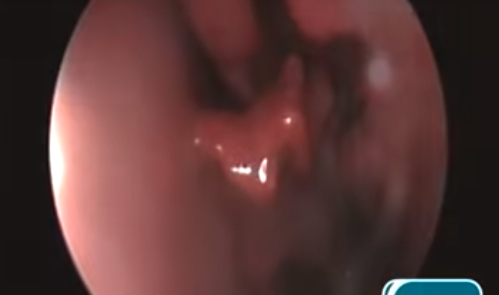
Nasal Aspergillosis destroys the bone in and around the nose. Unfortunately this case could not be treated and the dog had to be euthanised.
-
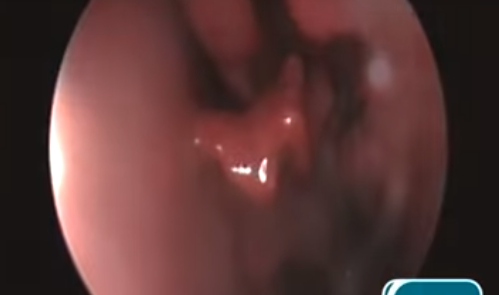
Nasal aspergillosis with moderate turbinate destruction and fungal plate on left frontal sinus mucosa. Biopsy was performed and 10% clotrimazole cream was applied through endoscope.
[Aspergilosis nasal con moderada destrucción de cornete etmoidal izquierdo y placa micótica sobre mucosa de seno frontal. Se realizó la biopsia y se aplicó una crema de clotrimazol al 10% mediante el endoscopio.]
-

This video depicts removal of superficial fungal infection involving the right ear canal by using suctioning technique
-
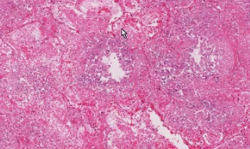
More examination & analysis of lung specimens from a patient with aspergillosis
-
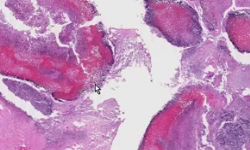
A histological tour of the signs of aspergillosis in lung specimens
-

A collection of short video’s hosted by the Aspergillus Website showing various aspects of the cell biology of Aspergillus and how parts of our immune system fights the infection.
-

Sir David Attenborough and the Planet Earth team discover the weird world of the Cordyceps; killer fungi that invades the body of an insect to grow and diminish the insect population. Fascinating animal and wildlife video from the BBC epic natural world masterpiece ‘Planet Earth’.
-
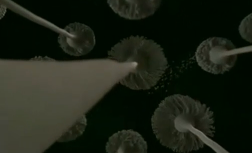
This video was kindly provided with permission from Lariontsev Nikolay.
-

A patient describes her experience of living with chronic pulmonary aspergillosis and treatment with itraconazole.

